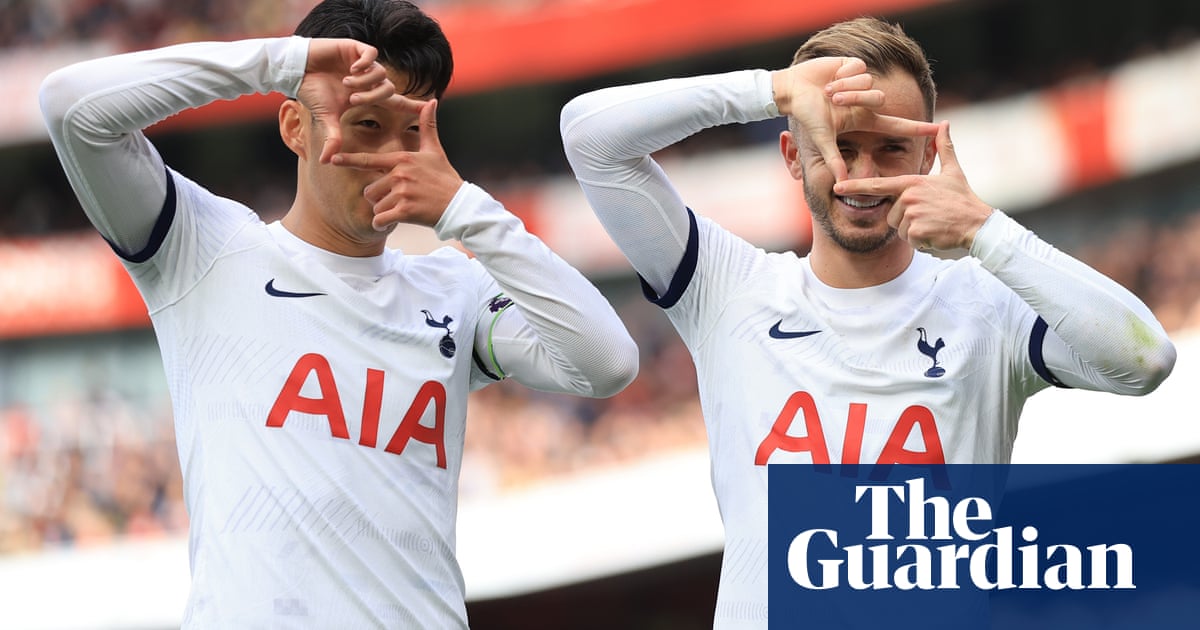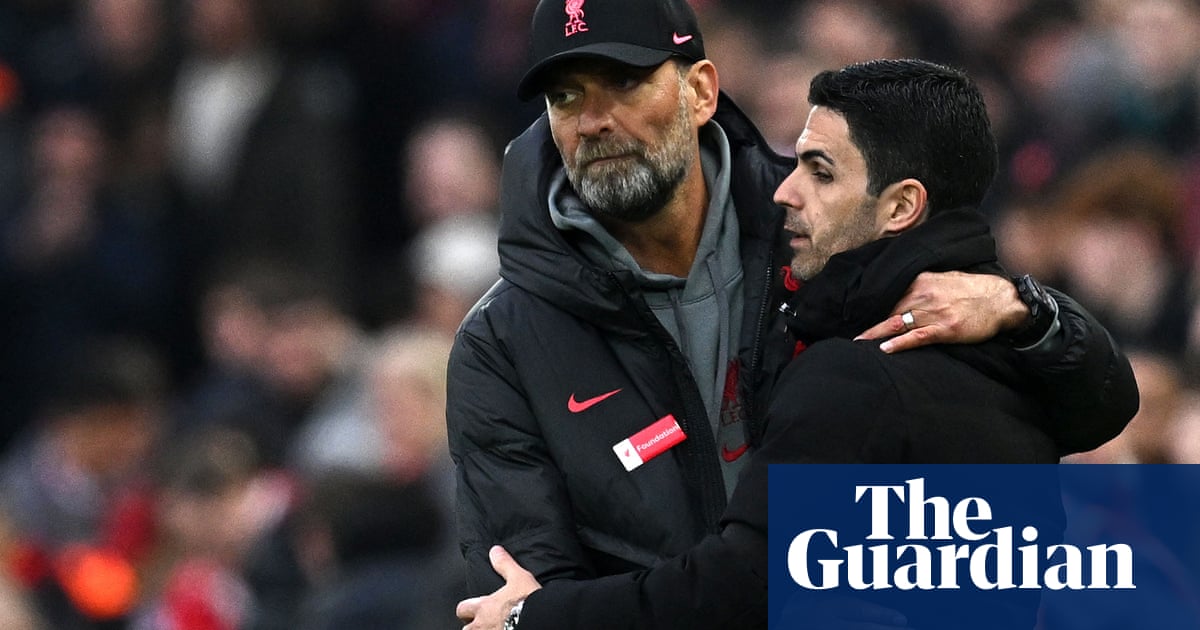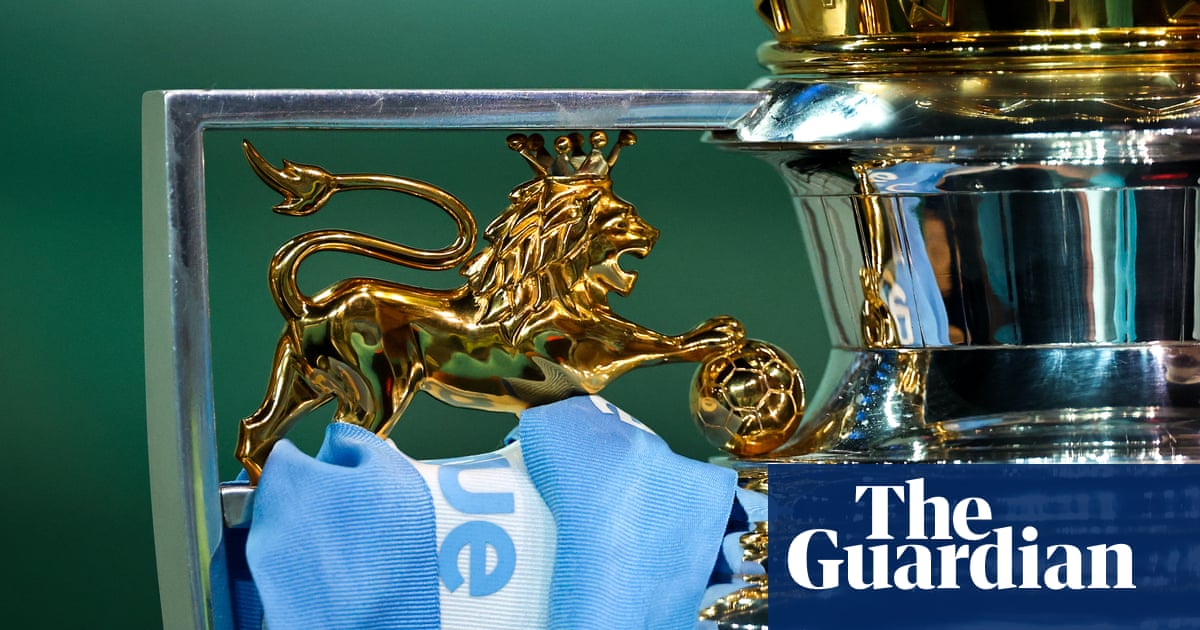
ike Tyson wants to make a comeback. And who can blame him? So do I. So do you. So does the retail industry, going to school, having fun, being a grandparent, having a job and going to the corner shop without standing outside in a face mask looking like a socially awkward moped thief.
In Tyson’s case it seems unlikely the comeback talk amounts to a serious plan, at least not one that will extend beyond some kind of hairspray-and-steroids boxer-tainment. Tyson is 53 years old. No matter how good he looks hitting the pads – and of course he does: this is a man with a kind of magic in his hands – the prospect of anyone that age absorbing heavyweight punches is pretty grim.
But the Tyson-comeback baloney is also in its own way a perfect lockdown story, an ideal confection of nostalgia and viral oddity – with an eerie synchronicity for anyone who, like me, has spent their confinement watching every single one of Tyson’s professional fights in series like a mid-80s soap opera.
Or at least, I’ve tried to watch the whole thing and failed. Albeit in a way that seems to speak to that fantasy comeback talk. In the event I haven’t been able to get past the cold white heat of early Mike: those 21 months that took him from dowdy halls in upstate New York to the Las Vegas Hilton, the total destruction of Trevor Berbick and enthronement as the youngest heavyweight champion of all time.
Has there ever been a run like this in sport? From March 1985 to November 1986 Tyson fought 28 unbeaten fights, winning 26 by knockout, boxing only 52 completed rounds, and producing a sequence of such clarity, such gathering greatness, it is still startling to watch. When you’ve touched this … well, of course some part of you always wants to go back.
What is also striking now is the quiet nobility of his opponents, that run of pressed men and passing ships, wreathed in a fraternal quality of sweat and ring-ritual and squeaky-floored backwoods gyms. Larry Sims in Poughkeepsie, Sammy Scaff at Felt Forum, Steve Zouski at the Nassau Veterans Memorial Coliseum – guys with toughness and skill, but also with sagging chests and floppy guts, a time before abs, before muscle definition – getting in the ring with this force of destiny.
This is the first thing about young Tyson: his physical beauty. He looks, from the start, almost like an embarrassment of human splendour, not only slabbed and ripped, with a back like a sand-smoothed granite cliff face, but toned and balanced and gleaming with potential energy.
The first fight, patient zero, is Hector Mercedes at the Plaza Convention Center in Albany, New York. The two men face up. Tyson throws 16 punches in 10 seconds. Mercedes falls like a Victorian chimney stack. Tyson rushes over and apologises. Next up is Trent Singleton in the same ring, same kit, same gloomy lighting. Tyson throws two punches. We see that famous left hook for the first time, which is more than Singleton did.
At which point it is worth saying something about The Run. Tyson wasn’t fighting cardboard cutouts. The guys were older and more experienced, standard obstacles for a teenage prospect. They just happened to have stepped in front of a talent that is literally impossible to resist, fall guys in one of sport’s most brutal and apparently unforeseen sequence of mismatches.
There are still some wonderful highlights. Tyson is thrown in the deep end with Michael Jack Johnson at the Atlantis hotel, a man with a ragged scowl and a run of knockouts. Tyson walks through him like he’s a bead curtain. Next comes a bigger step up against Donny Long, AKA “the master of disaster”. Long is cool and good-looking. “I can punch better than Tyson,” he schmoozes. “This is a big win to let everyone know Donny Long is back.” But Donny Long is not back. He is instead battered through the ropes twice in 30 seconds.
The Guys fight back. James “Quick” Tillis takes Tyson 10 rounds in Glens Falls, New York. But three months and four fights later Tyson has a title shot eliminator with Marvis Frazier, son of Joe. Marvis has an entourage. Marvis looks mean. Marvis is cut down like a dying dandelion. Tyson is in full peak‑era black trunks and boots by now. Afterwards, he talks about how he’s decided to incorporate the jab into his style. Lol.
And so to the Vegas Hilton, November 1986. Berbick is the WBC world champion. He’s an ordained minister who calls himself the Soldier of the Cross. Later he will be convicted of raping his child’s babysitter and end up being brutally murdered outside a church by his nephew. He makes the mistake of going toe to toe with the 20-year-old Tyson. He hits the canvas, leaps up like a madman, but ends up skittering across the ring on elastic legs, the most knocked-out man in the history of being knocked out.
And that was it for The Run. There was still time to beat Michael Spinks in 91 seconds, a career high. But things began to fall apart. There were troubles, excess, bad behaviour. The Buster Douglas defeat came three years later. Six years after Hector Mercedes, Tyson was arrested for rape, convicted, and gone.
There isn’t much left to say about this. Tyson has always been a deeply flawed human, and there will always be pain in that, mainly for those on the other end. Watch The Run and there is another kind of sadness in the glory of Young Tyson, who was, or should have been a role model, a hard-working kid from a tough background, a student of his art under Cus D’Amato, funny, smart and courteous, obsessed only with angles and skills and ring craft.
Think of that Tyson now and there is even a doomed kind of glory in that crazy talk of a comeback; in the sight of this aged fighter still hitting a bag, still wanting more, wanting even now to go back.












